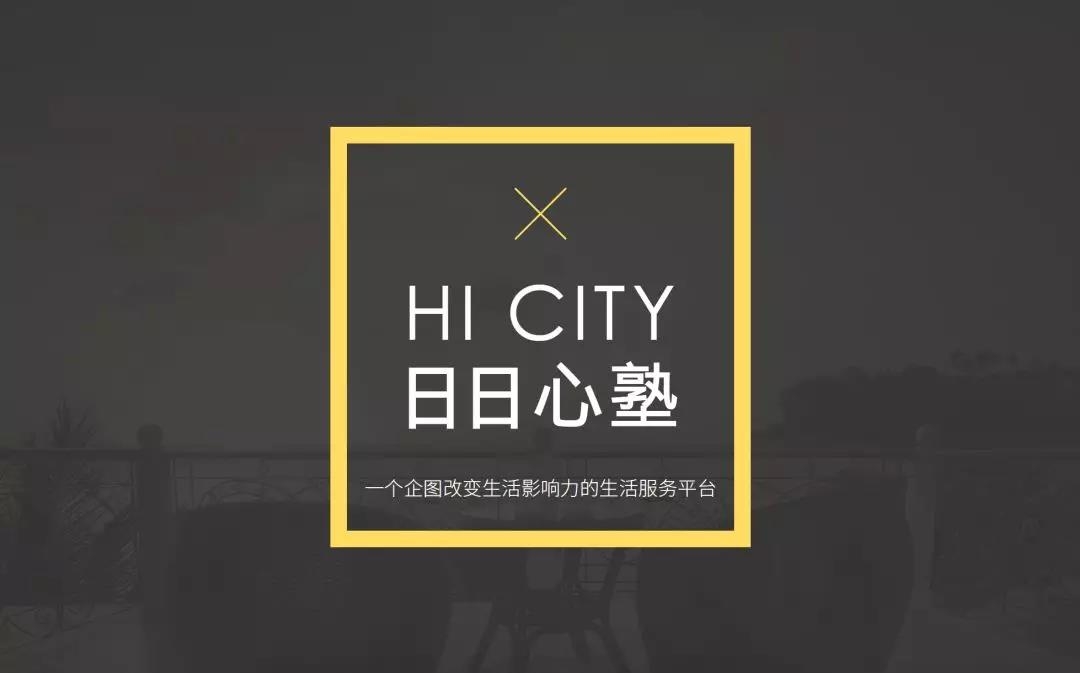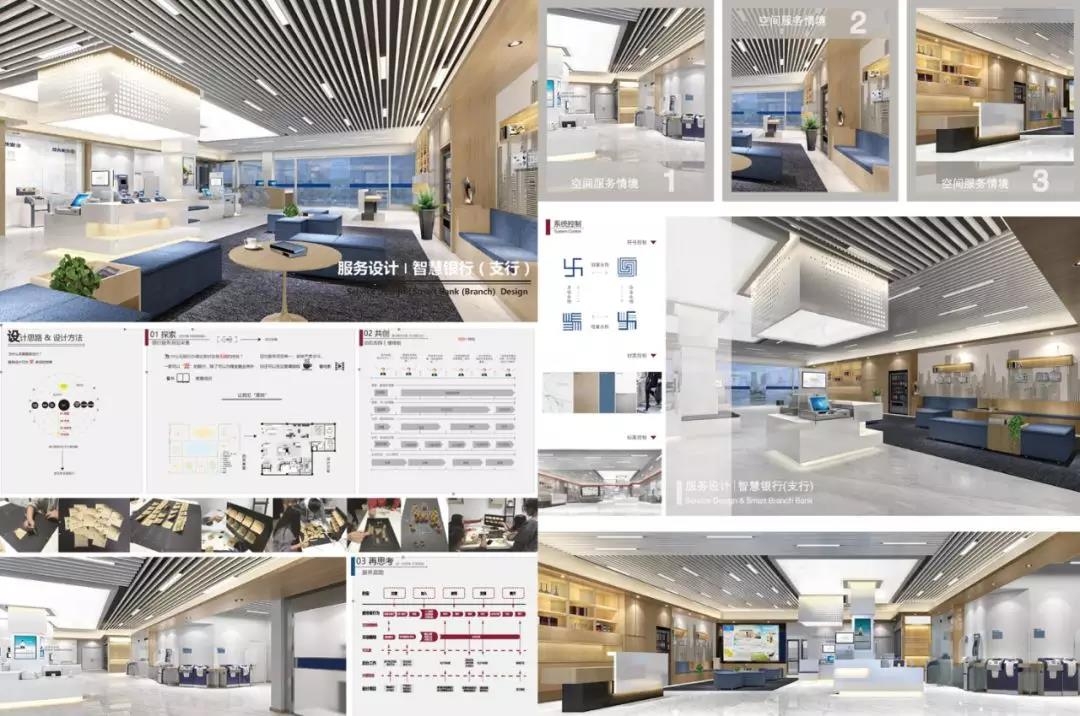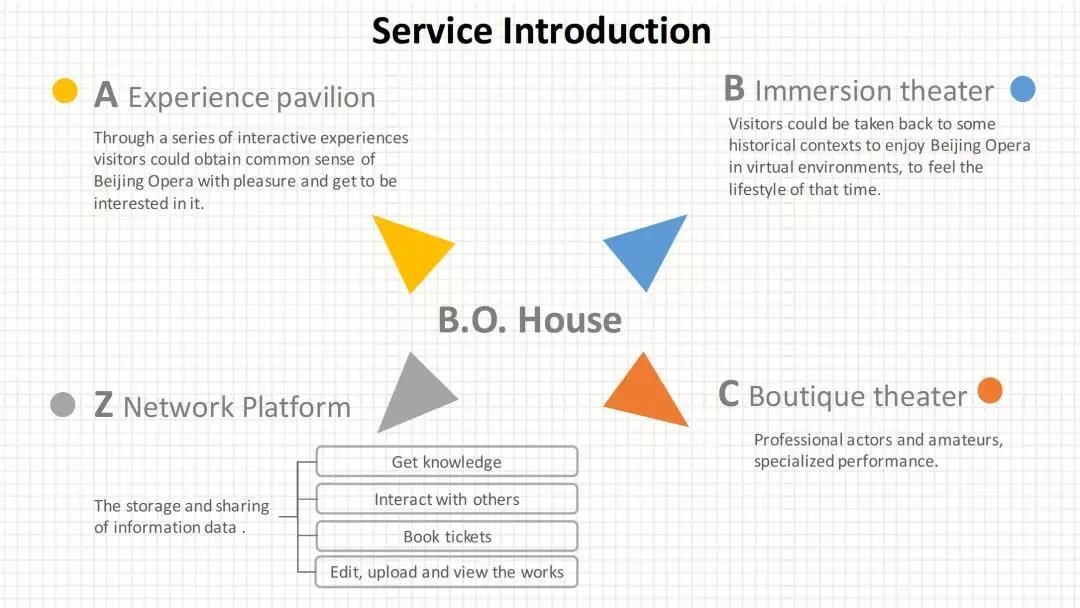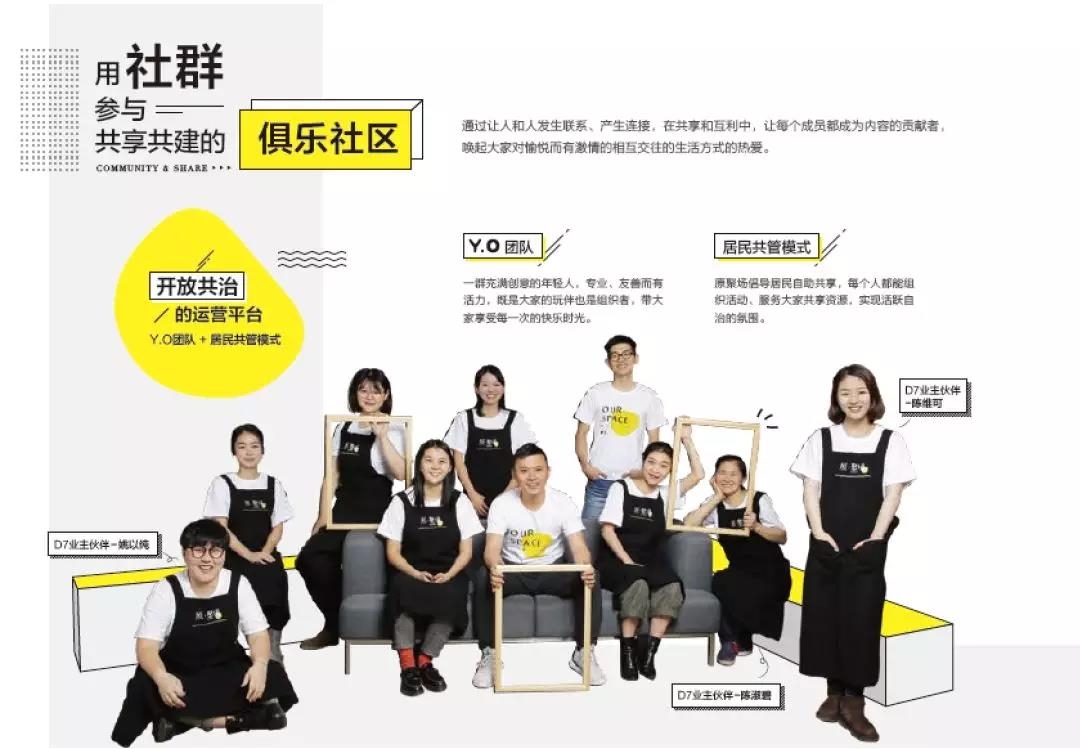- English
- 中文
Service Design Summit
The service industries accounted for 51.6% of China’s total GDP in 2017. The inevitable transition from product-oriented to service-oriented consumption has spawned service design.

In recent years, the term service design has received widespread attention and vast promulgation in China. Not only have the relevant theories been shared at various design industry conferences, but service design has also emerged in business and academia.
Service design has existed in Europe for over 10 years while it just recently started in China. Standing at the turning point in the era of China's economic transformation, service design is undergoing realignment due to the current growth of the industry and the popularity of the Internet in China.
In 2017, Successful Design conducted numerous in-depth interviews with domestic and international experts to discuss the development and future trends of service design in China and to select valuable domestic service design case studies for added research.
This article consolidates the experts' views and thoughts on China's service design, to provide readers with a collective reference of the industry.
1. Digital intervention
In the age of the Internet, the approach of digitizing service design is constantly enriched.
- Technology intervention. The integration of technology can quickly expand services coverage. However, merely building an app is not technology intervention in terms of service design, which is one common misunderstanding. Technologies are but one mean to realize services. Real service design incorporates apps among other technologies to ensure stakeholders can collaborate more efficiently.
- Data intervention. The core of service design is to grasp the needs of the users, and currently, big data collection can effectively quantify users’ information and needs. Many companies are adopting the use of large data sets, providing new possibilities for service innovation through big data analytics.
- Social media intervention. In such an information age, everyone is a citizen of social media. Social media can quickly spread and expand the value of services, establish a user base, and collect feedback from users.

2. Service design incorporated by the organization
As a service design agency, we often encounter the problem where we have developed a good plan, but the clients are unable to execute it so the plan fails. This happens when service design agencies and clients have different understanding of service design. Therefore, the culture of service design must be formed within the organization to ensure that user-centric products continue to thrive. So when we are working on a service design project, the following three points are essential:
- Invite the clients to participate in the entire process and contribute their ideas
- Extract the results of service design to develop standards and guidelines
- Spread service design methods and tools at the fundamental levels of the client organization and standardize the communication and implementation. The advantage of doing so is that even if the service design agency leaves when the project is completed, the remaining workforce can continue to iterate this solution during the implementation process.

3. Service design guides innovation and omni-channel experience
Service design focuses on the entire service ecosystem and the involvement of all users, employees and other stakeholders to establish, provide, and enjoy services together. In this process, the user experience and employee satisfaction are enhanced. The process is also continuously improved and propels the company to achieve its goals.
In the process of using services and products, users may not only experience a single touch contact or a single channel, but a complete suite of services across multiple channels. In addition, even in similar scenarios, stakeholders would receive different content due to their respective needs, and achieve seamless integration and transition smoothly between online and offline.

4. From public service to individual consumption
Initially, service design was mostly used by government and the public sector, but recently, service design has become more commonly used throughout various areas related to individual consumers such as banking, medical care, and telecommunications. In China, service design is anticipated to have a boom in the retail sector. For instance, the digital experience of the Starbucks Roastery, operated by Alibaba, was launched by using the service design approach.
5. The boundaries of service design begin to blur
In the past, when someone asked what service design was, one could answer it with clear certainty. But today, if someone asked what service design were, it would be difficult to define it. Given the broad application of service design throughout different industries, which helps improve consumer and employee satisfaction, service design has become more complex but more importantly, an integral tool for organizational reform.

6. Quantify and evaluate projects results regardless of size
Service design is relatively new in China with many companies curious but cautious about this popular trend. To effectively integrate it into a company, it is critical to be capable of evaluating the impact of service design for the business. An internal and systematic methodology to evaluate service design benefits and results must be established to appreciate its value and to carry it forward. Furthermore, customer satisfaction, Net Promoter Score (NPS), and other relevant tools could be valuable evaluation criteria for services.

The rapid growth of China's economy and the prosperity of the Internet industry have accelerated the development of China’s domestic service design in comparison to other countries. The application and presentation of service design in China are also different.
In 2017, we launched the China Service Design Competition and selected 8 exceptional service design case studies.
The 1st Service Design Competition Case Study Awarded
1. Taipei RiRiXinShu (日日心塾) Creative Hub

The project is for developers to propose an alternative use of available land according to the lands characteristics such as topography, environment, population, and local culture. The project also encourages the public to interact and share ideas for an enhanced and new urban life style.
2. IZhaoHu (爱照护) eHome (Home-based Senior Care) — A community-based or home-based senior care service design
China is facing an accelerated aging of its population. The service design of IZhaoHu plans to bring nursing institution services to seniors’ homes with a service charge and fees based on results. Consequently, it will also help achieve the goal to eliminate differences and regain dignity at a relatively low cost, allowing them to continue to live a happy life in the comfort of their family and community homes.

3. Orange Dental for Kids (极橙儿童齿科) Service Design
This project belongs to the dental department in the medical category and looks to solve parents’ frustration about their children being afraid of visiting the dentist. It aims to help children understand teeth and dental care from a physical and psychological point of view. The project gamified services in terms of diagnosis and treatment in a space theme park-style clinic environment so that children can enjoy their dental exam experience.

4. Hengyang Central Hospital Mobile Smart Care Project
This project’s goal is to improve the clinical nursing business through mobile terminals and smart care software and to serve as a secondary brainpower for nurses. It allows the nurses to focus on bedside care and eliminate the possibility of errors when using computer HIS systems as well as improve work efficiency and professional identity recognition.

5. Service Design & Smart Bank Branch Design
In recent years, China’s banking industry has entered the third branches transformation and upgrades. Many commercial banks have started to deploy retail-store type banking branches. This project helps banks evolve from a traditional processing center to a retail store model, creating a welcoming establishment where customers can browse for products or services and can serve as a demonstration of service design for banking.

6. B.O. House — Beijing opera cultural inheritance
Currently, Beijing opera tends to have an antiquated form of attracting audience making it a challenge to stimulate interest. The Beijing Opera House, however, has adopted a more interactive-experience approach to attract wider interest and where the public can have direct interaction with the performers.

7. Customized Travel Service Innovation Design
This project aims to lower the threshold cost for people to travel to Northern Europe and minimize the communication challenges in designing a trip by allowing costumers to click and select in-depth tour information and customize a desired trip for a unique experience.

8. Our Space(原聚场)
Nowadays, due to rapid urban and economic developments, there are less and fewer communities with traditional warmth. This project aims to build a jule (俱乐: gathering happiness) community that is different from modern urban community designs to promote increased owners participation through the sharing and co-building of social networks and a comfortable lively space where people look after each other.

For more information about the projects listed above, stay tuned for upcoming articles.
A special thanks to the service design experts that participated in the interviews:
1. Birgit Mager, President of Global Service Design Network (SDN)
2. Jaime Moreno, Co-founder & CEO of Mormedi
3. Marc Stickdorn, Co-author of book This Is Service Design Thinking and Lead Author of book This Is Service Design Doing
4. Larry Keeley, President and Co-founder of Doblin Group and Managing Director of Deloitte Consulting, LLP.
5. Musa Hanhan, Senior Director of Customer Experience of Genesys
6. Luis Arnal, Co-founder & Management Partner of INSITM and Professor of the Masters Program in Innovation + Design at Universidad Iberoamericana (UIA)
7. Adam StJohn Lawrenc, Co-initiator of Global Service Jam
8. Jules Prick MSc., Co-founder of Koos
9. Markus Hohl, Managing Director and Design Director of Hellon London
10. Katrine Rau, Founder of SDN Denmark and Group Director of Fjord
11. Xuan Zhi, Secretary-General of the Alibaba Design Committee
12. Shan Cha, Senior Interaction Expert of Alibaba & Author of 服务设计微日记 (translated into English under the title [Service Design Micro Diary])
13. Cathy Huang, Chairman of SDN Shanghai and Chairperson of CBi China Bridge

